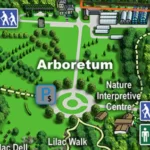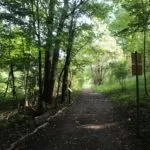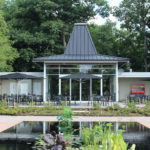| Membership | Price (+HST) |
|---|---|
| Single | $85/year |
| Single Plus | $120/year |
| Family | $130/year |
| Family Plus | $175/year |
| Contributing | $300/year |
| Supporting | $600/year |
| Sustaining | $1,000/year |
| Benefactor's Circle | $2,500/year |
| Director's Circle | $5,000/year |
| President's Circle | $10,000/year |
One Hundred Years of Remembrance Day Poppies
By Alex Henderson, Curator of Living Collections, Royal Botanical Gardens
Remembrance Day poppies are artificial flowers worn to remember those who died for their country. They are often worn on clothing leading up to Armistice Day, November 11th, and poppy wreaths are often laid at memorials in several countries around the world. One of the originators of the Remembrance Day poppy tradition was Madame E. Guérin of France, who suggested that selling images of poppies could benefit widows and orphans of the First World War in regions of France that had been devastated by the conflict. After being invited to address the American Legion conference in 1920, she proposed that all First World War allies use artificial poppies as emblems for those who gave their lives. They could also create a method to financially support the families of the fallen. In July of 1921, she spoke about her “Inter-Allied Poppy Day” to the Canadian Great War Veteran’s Association in Port Arthur, Ontario (now Thunder Bay) and the idea was adopted on July 6th of that year. Thus, 2021 is the centennial of the use of Remembrance Day poppies.
Between 1914 and 1918, some 8.5 million soldiers died of battlefield injuries or associated diseases as the conflict ravaged the landscape of Western Europe. In these devasted landscapes, red poppies grew in abundance, then became celebrated in a poem by Canadian Lieutenant Colonel John McCrae, MD (1872 – 1918). McCrae was a poet, physician, author, artist and soldier from Guelph, Ontario, who served as a surgeon during the Great War at the Second Battle of Ypres, in Belgium. In May of 1915, after witnessing the death of a friend, he was moved to write the poem In Flanders Fields, first published on December 8th, 1915, in the London-based Punch Magazine. The poem is written from the point of view of fallen soldiers and refers to the red poppies growing over their graves. From this poem the poppy grew into one of the most powerful symbols of the Armistice, and remembrance in general.
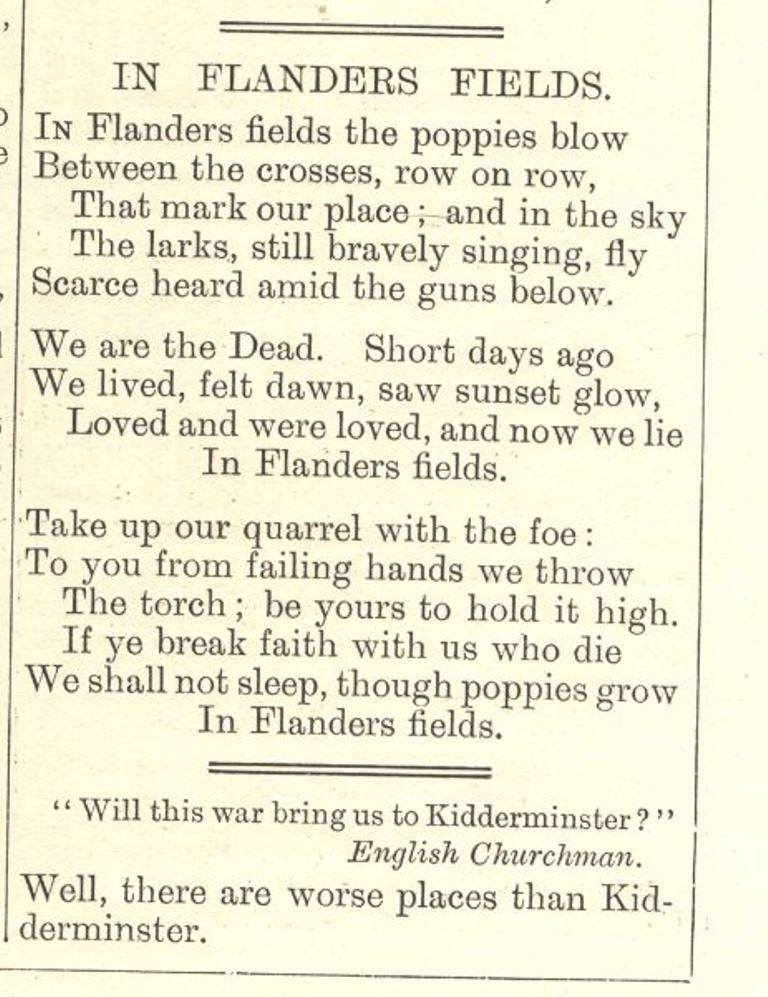

The red poppy to which McCrae refers is Papaver rhoeas, also known by a variety of common names including red poppy, corn poppy, field poppy, Flanders poppy or common poppy. P. rhoeas is native to Europe and Asia but has been introduced to other countries due to its ornamental desirability. An annual herbaceous species in the Papaveraceae family, this poppy typically grows 23-46 cm (9-18 inches) tall and features 4-6 scarlet red, overlapping petals, with a distinctive black blotch at the base of the flower. Flowers bloom from late spring to mid-summer on bristly-hairy stems that also feature coarsely toothed leaves 15 cm (6 inches) in length. Individual flowers normally last only for a day, but in optimum conditions, a single plant can produce around 400 flowers per season. After flowering, capsule-type seed heads which yield a white, milky latex are produced, exploding when ripe to distribute the seed. P. rhoeas performs best in well drained soils that are rich in organic matter in a position of full sun. Cool summer climates produce the best performance, and no serious pests are associated with this plant, but poorly drained soils may cause problems such as root rot and powdery mildew. Common poppy is a great garden addition especially when planted in clumps and small groups in borders, rock gardens, and garden meadows.
One of the reasons poppies were so successful at growing in the war-torn landscapes of the First World War was that their seeds remain viable for many years. This produces a long-lived soil seed bank that benefits from soil disturbance and promotes germination. It was due to the extent of ground disturbance in these devastated landscapes that common poppies bloomed between trench lines and no-man’s-land on the Western front.
In Canadian cultural terms, common poppy has also appeared on the 2012 version of the Canadian twenty-dollar note and the 2001 version of the Canadian ten-dollar note, as well as on a series of commemorative twenty-five cent coins in 2004 and 2008.
Today, the humble poppy is now a well-known symbol and has carried much meaning and history for a century. It is a poignant representation of not just remembrance but also of hope and peace for the future. The Royal Canadian legion is committed to remembering those men and women who made the ultimate sacrifice. You can learn more about their work and the history of the poppy at legion.ca.

More from the RBG Blog
Check out RBG’s blog for announcements, articles, and more from Canada’s largest botanical garden.
Want to be sure you hear first? Sign up for our weekly e-newsletter to hear about upcoming events, weekend activities, articles, and more!





